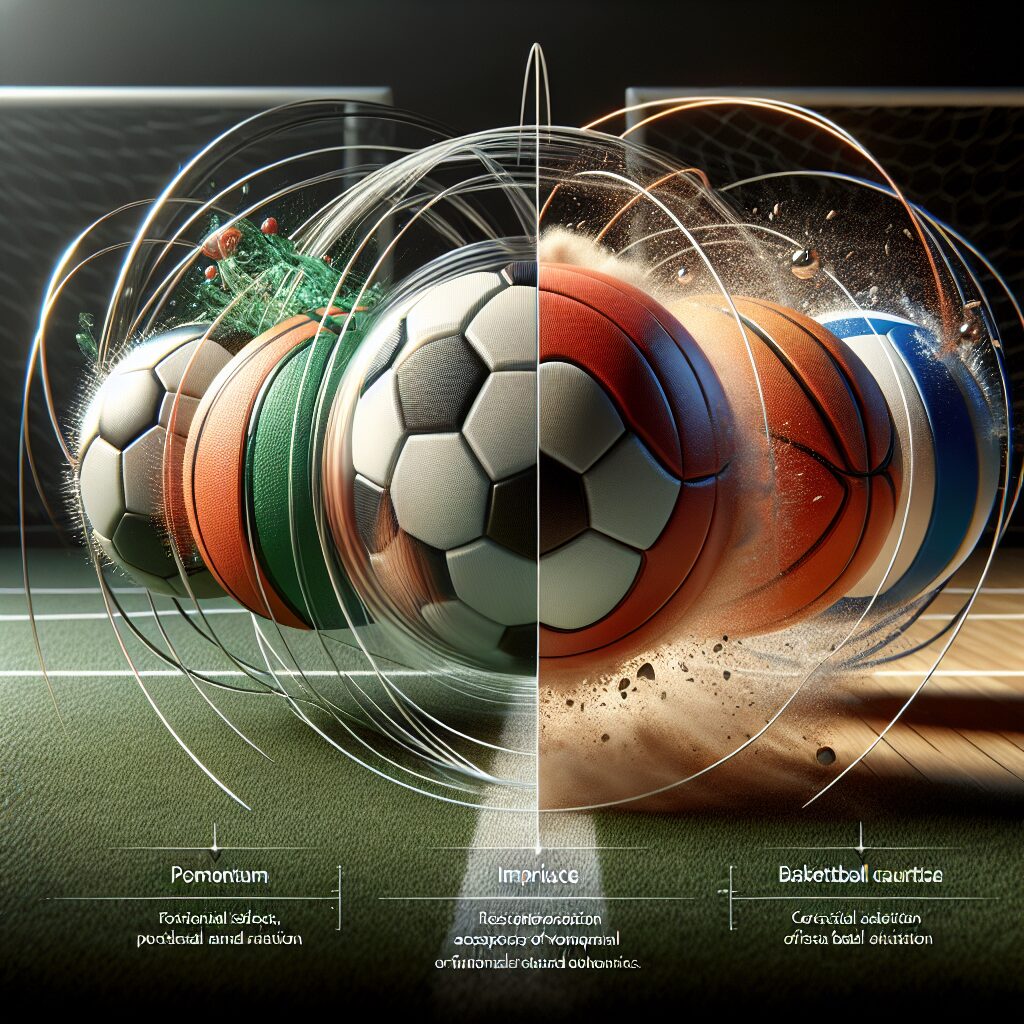Golf balls are an essential piece of equipment for any golfer as they are used to hit the ball down the fairway. But what exactly are golf balls made of? It may surprise you that there is a complex science behind the construction of golf balls. The different layers and materials used in their construction directly impact the performance of the ball. In this article, we will look at what materials are used to make golf balls and how they affect its performance on the course.Golf balls are typically made of a rubber core surrounded by a plastic or synthetic resin cover. The core is usually composed of rubber compounds and polybutadiene, while the cover is a mixture of ionomer resins and elastomers. The dimples on the surface of the golf ball are designed to reduce drag and increase lift, allowing the ball to travel farther.
Materials Used to Make Golf Balls
Golf balls are made from a variety of materials, including rubber, plastic, and synthetic material. Rubber is the most commonly used material in golf ball construction. It provides a soft feel with good spin and control off the tee. Plastic is also used in golf balls, but it has a harder feel and less spin control than rubber. Synthetic materials are often used to create the outer layers of golf balls, providing durability and protection from the elements. All of these materials are combined together to create a golf ball that offers maximum performance on the course.
In addition to these core materials, manufacturers may use additional coatings or additives to enhance the performance of their golf balls. Some common coatings include urethane and polyurethane, which help reduce spin for increased distance off the tee. Other additives include dimples or patterns on the surface of the ball, which help reduce drag and improve aerodynamics for longer drives down the fairway. Finally, some manufacturers use colorants or dyes to give their golf balls an attractive look that stands out from other brands on the market.
No matter what type of material is used to make a golf ball, all of them must meet certain standards set by governing bodies such as the USGA or R&A before they can be deemed legal for play. This ensures that all players are playing with high-quality equipment that will provide them with an optimal playing experience on the course.
The Core of the Golf Ball
The core of the golf ball is an often overlooked but essential part of the golf equipment. It is responsible for providing the ball with its bounce and spin, and thus plays a significant role in how far and accurately a golfer can hit the ball. The core is usually made up of a rubber or synthetic material, such as Surlyn or Balata.
The choice of material used for golf ball cores depends on the desired performance characteristics, such as spin rate, distance and durability. Surlyn is usually used for long distance balls due to its high compression ratings which give it superior resilience and durability. Balata provides more spin but has lower compression ratings, making it more prone to damage.
When shopping for golf balls, it is important to consider the core material as well as the cover material. While cover materials are intended to provide feel and durability, it is ultimately the core that will determine how well your ball performs on the course. Therefore, you should consider your playing style and choose a golf ball with an appropriate core for your game.
In addition to choosing a core material that suits your needs, there are several other factors that can affect the performance of a golf ball’s core. For example, compression ratings vary from manufacturer to manufacturer and can have a significant impact on distance and spin rate. The size and shape of the core also play an important role in how far and accurately you can hit the ball.
Ultimately, understanding what goes into making up a golf ball’s core will help you make better decisions when buying new balls or replacing old ones. Keep in mind that while cover materials are important for feel and durability, it is ultimately the core that determines how well your ball will perform on the course.
Cover of the Golf Ball
The cover of the golf ball is an important component to consider when selecting a golf ball. It affects the performance, spin, and durability of the ball. The cover material can be made of multiple layers of rubber or plastic, and it affects the distance and trajectory of the ball when struck. A softer cover will provide more spin on shots around the green for increased control, while a firmer cover will provide more distance off the tee. The cover also affects how well it resists wear and tear from playing on different surfaces. A more durable cover will last longer and better withstand impacts from clubfaces. Therefore, it is important to consider the type of cover when selecting a golf ball that best fits your game.
In addition to its performance characteristics, the cover also affects the feel or responsiveness at impact. Softer covers tend to be more responsive than firmer covers which give a slightly muted feeling at impact. Some players prefer this feel while others prefer a livelier feel from their shots. Ultimately, it is up to personal preference in terms of how you want your golf ball to play and feel when struck with your clubs.
What is Surlyn?
Surlyn is a thermoplastic material developed by DuPont that is used in various applications including golf balls, binders, and other industrial products. It has been used for many years as an effective material for a range of product applications. Surlyn is a highly durable material that provides excellent strength and durability. It can be easily molded into different shapes and sizes, making it ideal for a variety of applications. It is also lightweight, making it easy to transport and handle.
Advantages of Surlyn
Surlyn offers several advantages over traditional plastic materials. It is extremely resistant to wear and tear, making it ideal for products that will be exposed to harsh conditions or prolonged use. Additionally, Surlyn has excellent strength-to-weight ratio which makes it perfect for lightweight parts that still need to maintain their structural integrity. It also offers excellent chemical resistance which makes it suitable for use in environments where chemicals may be present. Lastly, Surlyn has excellent thermal conductivity which makes it an ideal material for heat exchange applications such as radiators or heat exchangers.
Uses of Surlyn
Surlyn can be used in a variety of applications ranging from automotive parts to medical devices. In the automotive industry, Surlyn is often used to make bumpers and body panels due to its superior strength and durability. In the medical industry, it is commonly used in prosthetic devices due to its flexibility and light weight. Additionally, Surlyn has been used in golf balls due to its superior resilience and performance compared to traditional materials such as rubber or urethane. Other common uses include binders and adhesives due to its superior bonding properties and low cost production methods.

Performance
The performance of urethane is unmatched in the industry. Its chemical properties make it a superior choice to many other materials. It has excellent temperature and chemical resistance, making it ideal for use in a wide variety of applications. Urethane is also highly durable and can be easily molded into various shapes and sizes. It is also very light, making it easy to transport and install.
Cost-Effectiveness
Urethane is a cost-effective material that can be used in a variety of applications. It is much less expensive than other materials, such as steel or aluminum, yet still offers superior performance. Urethane also requires less maintenance than other materials, which leads to lower overall costs over time. Furthermore, since urethane can be quickly and easily molded into various shapes and sizes, it can often be used to create custom pieces that would otherwise be expensive or impossible to achieve with other materials.
Durability
Urethane is one of the most durable materials available on the market today. It has excellent resistance to abrasion and wear, making it ideal for use in high-traffic areas or applications subject to extreme conditions. Urethane is also highly resistant to impacts and shocks, making it suitable for use in industrial settings or applications where safety is paramount. In addition, urethane is non-toxic and does not absorb moisture, so it can be used in damp or wet environments without fear of corrosion or rot.
Flexibility
Urethane’s flexibility makes it an ideal choice for applications where flexibility needs are high. Its malleability allows it to conform to all kinds of surfaces without compromising its strength or durability. This makes urethane perfect for use in custom parts or components that require intricate detailing or precision shaping. In addition, since urethane can withstand extreme temperatures without breaking down, it can be used in outdoor applications as well as indoor ones.
Construction
Balata doors and windows are constructed using a combination of aluminium frames and a unique material called balata. The balata is made up of natural fibres such as jute, cotton, sisal and coconut husk which are bound together with a mixture of clay, sand and cement. This makes for a lightweight but strong material which is perfect for use in doors and windows. The aluminium frames add extra strength and durability to the construction.
Insulation
Balata doors and windows provide excellent insulation against both heat and sound. The natural fibres used in the balata help to absorb sound waves, making it an ideal choice for homes that require extra soundproofing. The clay content helps to keep out the heat, providing excellent protection from both hot summers and cold winters.
Durability
Balata doors and windows are very durable and can last for many years if they are properly maintained. The aluminium frames help to protect the balata from weather damage, while the natural fibres also help to prevent mould or rot from occurring. With regular cleaning and maintenance, balata doors and windows can last for decades without needing any major repairs or replacements.
Style
Balata doors and windows come in a variety of styles which can suit any home or building design. From traditional looks with wooden frames to more modern designs with aluminium frames, there is sure to be something that will suit your needs. Balata also comes in different colours which can add an extra touch of style to your property.
Cost
The cost of balata doors and windows can vary depending on the size, style, material used etc. However, they are generally quite affordable compared to other materials like wood or PVCu. In addition, the fact that they are so durable means that you won’t have to worry about replacing them any time soon – making them an even better choice if you’re looking for value for money.
Different Materials Used to Make Golf Balls
Golf balls are typically made up of one or more layers of rubber-like materials, with a hard outer shell. The core of the ball is usually made from a softer material such as rubber, plastic, or synthetic materials. Other materials used in golf ball construction include urethane, ionomer resins, balata, and polybutadiene.
Urethane is often used in the construction of golf balls due to its durability and its ability to absorb and disperse impact forces. It is also highly resistant to cracking, which makes it ideal for use in balls designed for long distance shots. Ionomer resins are also popular in golf ball construction due to their ability to resist abrasion and provide high levels of spin on shots.
Balata is a soft rubber-like material that is often used in the construction of golf balls due to its flexibility and soft feel off the club face. It can also provide more spin than some other materials used in golf ball construction but it is more prone to cracking than some other materials. Polybutadiene is a synthetic material that has been gaining popularity lately due to its ability to absorb impact forces while still providing a soft feel off the club face.
Golf balls are also available with multiple layers of different materials in order to improve performance and durability. These multi-layer balls have a softer inner core surrounded by two or more layers of harder materials such as urethane or ionomer resins. This type of construction allows for increased spin rates without sacrificing distance or durability.

Conclusion
Golf balls are an integral part of the game of golf. They come in a variety of sizes and are made up of different materials. The core of the golf ball is typically made of rubber, while the outer layers are typically made from a combination of Surlyn, urethane, and other materials. Each material provides its own unique benefits, such as giving the ball more control or spin, increasing distance, or adding durability. Golf balls also have dimples that help to create more lift and reduce drag when they travel through the air.
It is important to choose the right type of golf ball for your game. Different types are better suited for different skill levels and playing styles. Taking into account your skill level and playing style can help you choose the right type of golf ball for you.
Overall, understanding what golf balls are made of can help you make a more informed decision when purchasing them. Knowing what each component does can also provide insight into how each type of golf ball will perform on the course. Whether you’re a beginner or an advanced player, understanding what goes into making a golf ball can help you make sure to select one that best suits your needs on the course.




